- Solar energy blog
- Bringing solar power to the unserved
Bringing solar power to the unserved


Laura Rodríguez
Territory Manager Oceania & Nordics
Laura is a renewable and software industry sales professional, currently working at RatedPower as Territory Manager Oceania & Nordics. With a background in International Business and International Trade, Laura previously worked in the business strategy area in various companies as well as as a market analyst for the Government of Spain in Australia.
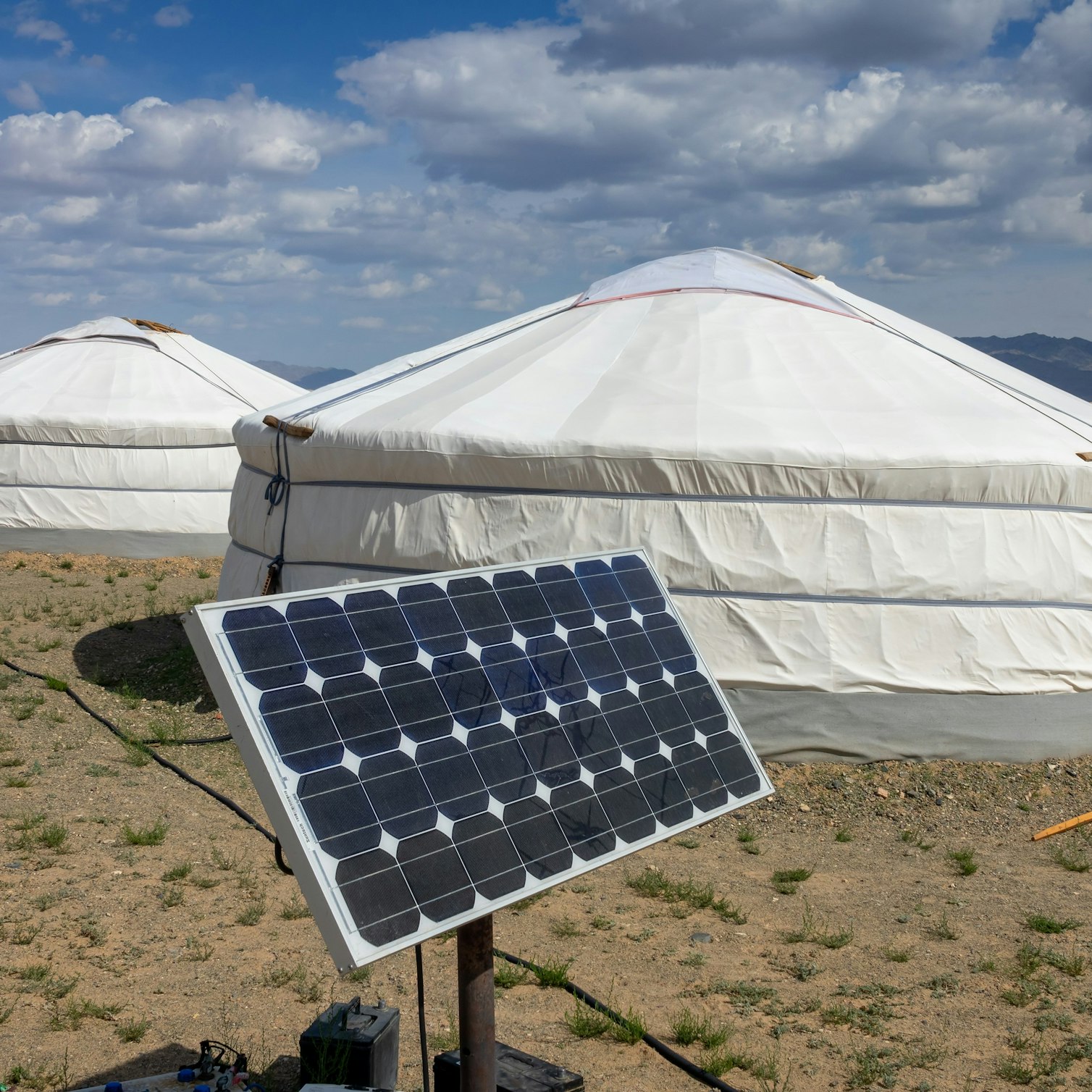
Solar power is one of the driving forces of the global renewable energy transition.
As solar equipment prices have fallen over the past decade, more households can save money by installing rooftop systems. However, there are many places around the world that are currently unserved by solar power initiatives due to a lack of infrastructure, funds, technical expertise, and inconsistent off-grid use. Low-income households are less likely to adopt solar energy than high-income households.
The number of people without access to electricity globally rose by nearly 20 million in 2022 to nearly 775 million, the first increase since the International Energy Agency (IEA) began tracking the data 20 years ago. Most of the rise was in sub-Saharan Africa, where the number of people without access moved back up toward its 2013 peak.
Whether households are unable to connect to the main electricity grid due to being too remote, too poor, or too inconsistent in their use, off-grid power solutions can provide a critical electricity lifeline.
So, how do we bring solar power to these parts of the world?
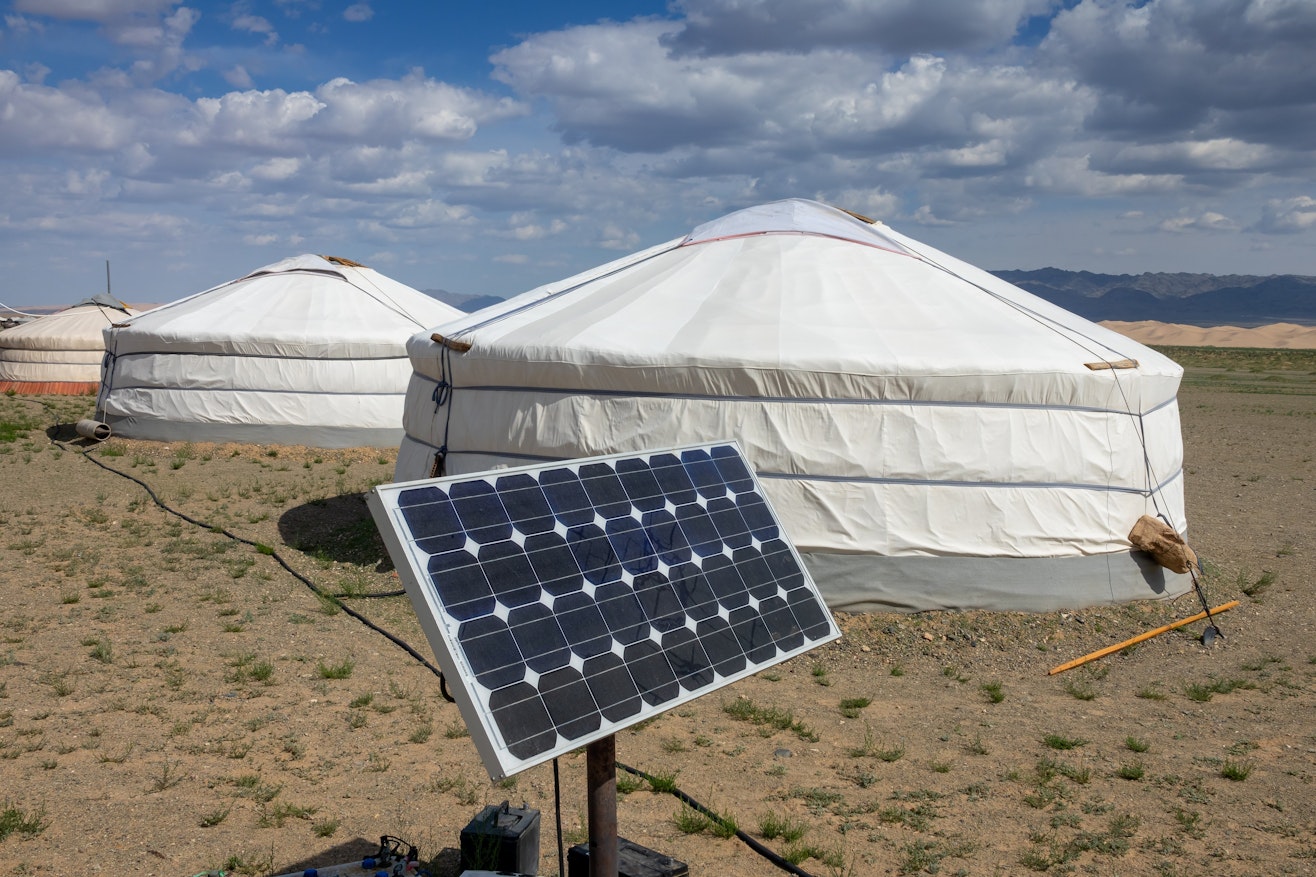
Awareness
Governments and consumers need to be aware of the benefits of solar generation systems. Governments need to buy into the idea of using off-grid solutions to provide electricity to their citizens, as without government backing, these kinds of projects are unable to get off the ground.
At the same time, consumers need to be educated on the use of off-grid and renewable energy sources as an option for affordable power supply. They need to be informed about how to take advantage of these technologies for their households.
Companies such as Solar Run specialize in supplying off-grid solar home systems for consumer or business use. Solar Run’s range of power systems supports multiple lights and includes a solar panel, portable mobile phone charging device, and multifunctional cable. Sun King’s Home products provide solar power and battery capacity for lighting, home appliances, and entertainment systems.
In many places, these systems can replace more costly and polluting fuel oil generators, saving families money and reducing their exposure to health risks.
Funding
Even where there is awareness about the availability of off-grid solar solutions, a lack of financing to cover the upfront cost is often a major stumbling block in areas that cannot afford the infrastructure required to support these initiatives.
But there are policy and business models that can support household adoption.
Governments can work with private institutions, banks, investors, and other lenders to provide funding. They can also partner with other countries to provide help with loans, grants, and other schemes.
A study by Berkeley Lab researchers found that three of five policy and business models including targeted financial incentives and leasing models, do increase solar adoption among low- and middle-income households:
Financial incentives
Leasing to reduce upfront costs
Property-assessed financing through property tax payments
Community solar installations are also effective in many parts of the world as they diffuse the upfront cost while sharing the power generated among multiple local subscribers.
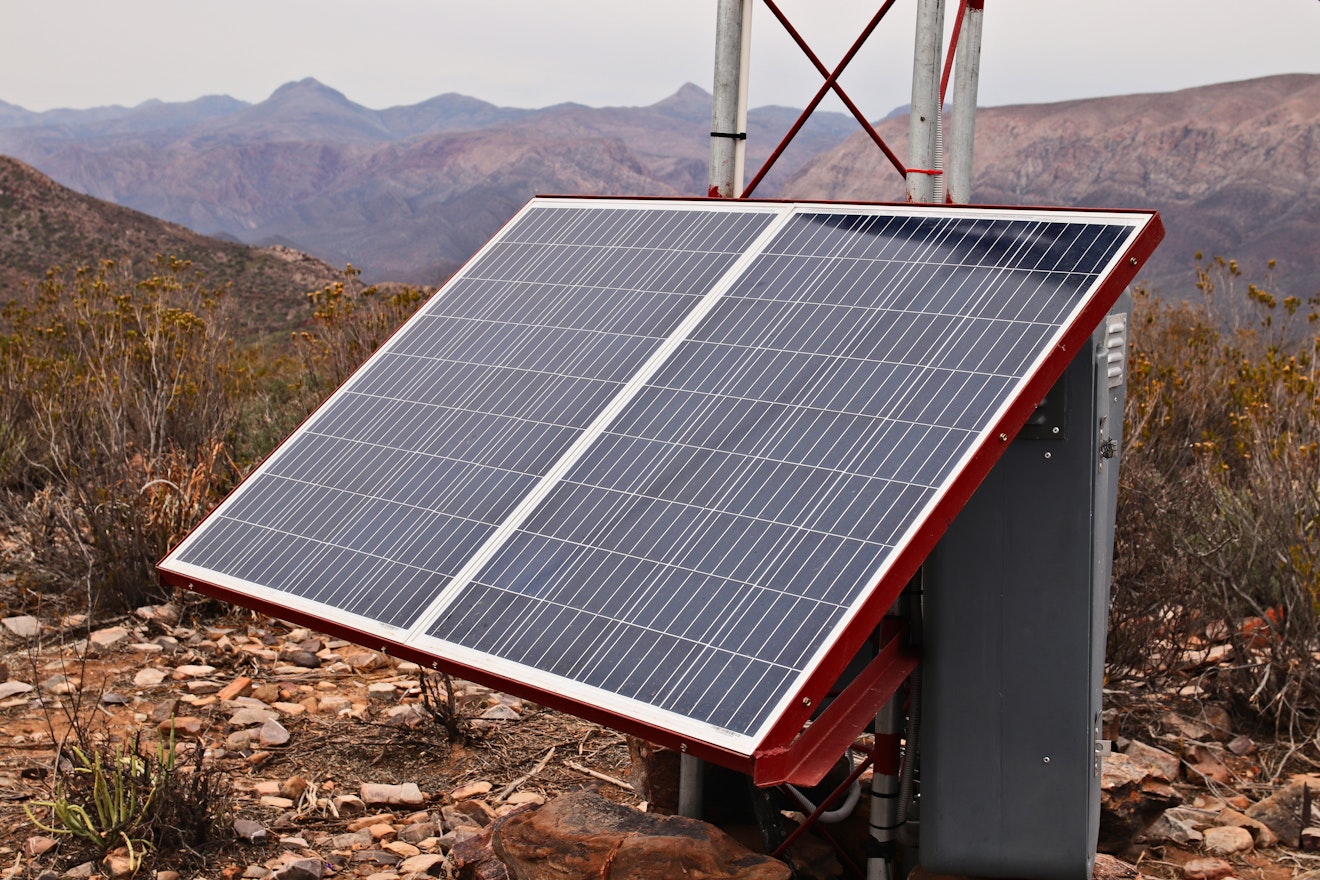
The model has the potential to bring clean energy access to millions of people who would not otherwise be able to afford it on their own or who live in parts of the world that are traditionally overlooked and underserved.
In Cambodia, the government of Japan is providing financial support for an initiative implemented by the UN Development Program (UNDP) and the Ministry of Mines and Energy called Inclusive Renewable Energy Access in Rural Areas, which involves installing solar-based mini-grids and training local communities to maintain them. The project will provide 1,300 households with direct access to reliable and affordable clean energy and will also expand current community-owned systems.
Payment plans and pay-as-you-go schemes are another way for low-income households to be able to afford to pay for off-grid systems for their homes and businesses. Strong penetration of mobile payment services in regions such as sub-Saharan Africa allows providers to sell energy access products to customers on credit to make them affordable.
For example, ENGIE Energy Access provides pay-as-you-go and mini-grids in Africa. Customers make small payments to use its systems — including solar panels, battery storage, lighting, and other optional appliances — for a day or week at a time until they have covered the full price and receive permanent access. Customers in Benin will be able to pay for their solar power systems over years rather than bearing the upfront cost, repaying less than 20 cents a day.
In 2022, the European Investment Bank granted a €10 million loan to ENGIE Energy Access Benin to support the deployment of 107,000 solar home systems, providing clean energy access to an estimated 643,000 people. The Africa-EU Partnership aims to expand the use of renewable energy in Africa, and the cooperation in Benin follows the EIB’s previous support for ENGIE to provide off-grid solar installations in Uganda.

Infrastructure
Once communities and households have access to funding, infrastructure needs to be built and power systems delivered. This involves major planning and logistics, as communities without access to electricity are often underserved because they are remote, which makes it difficult to implement major construction projects.
This is where microgrid and mini-grid systems play an important role, as they can use renewable generation from solar and wind, combined with battery storage, to provide power for self-consumption in buildings and entire communities without the need to upgrade aging grid infrastructure or build new grid connections.
However, governments and investors still need to provide support to deliver these systems to remote locations. The countries may also not have the capabilities to produce the equipment, so they would need to import the technology from other countries.
To learn more about the ways in which solar energy can power the clean energy transition around the world, check out Rated Power’s blog.
Latest stories
Related posts
Technology and engineering
Outsmarting congestion: How efficient solar design helps navigate Nordic grid limits
Learn how Nordic operators and solar developers are adjusting to tighter grid conditions and how policy and design decisions are keeping projects on track.
Updated 16 DEC, 25
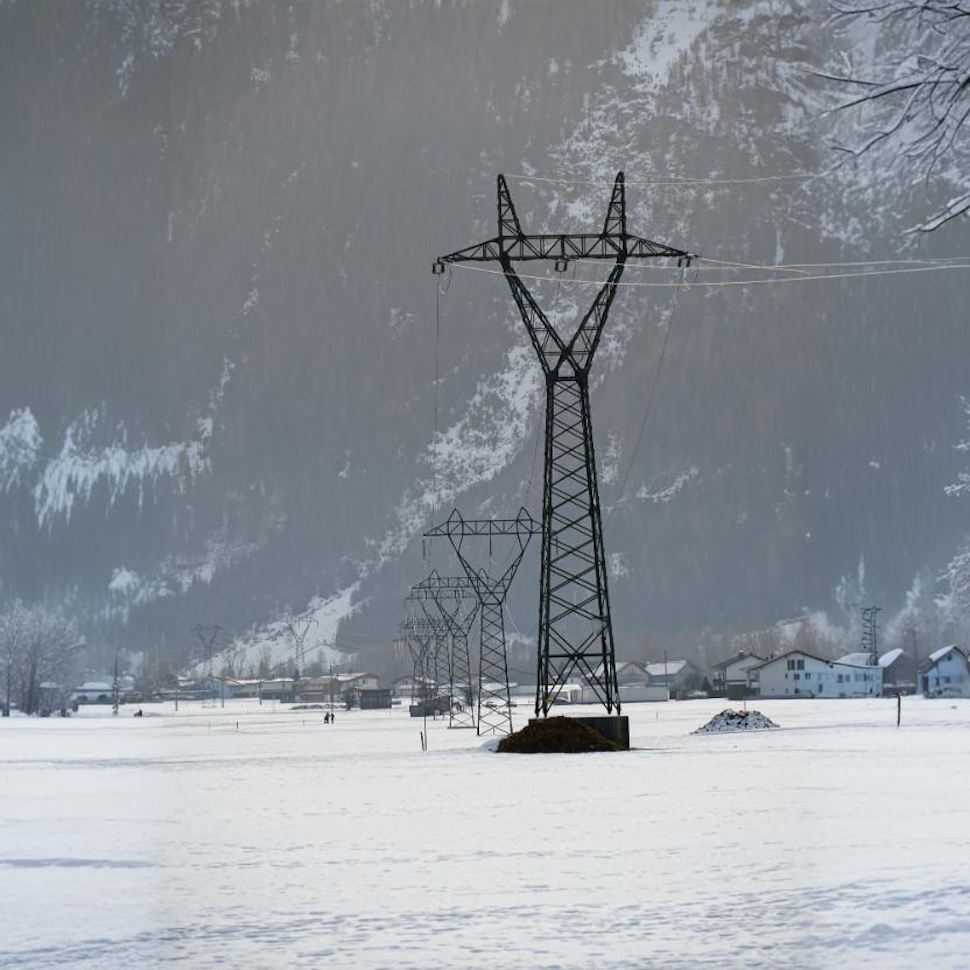
Market analysis
Powering through the peak: Why solar + storage is gaining momentum in MENAT
Discover how MENAT is building a functioning solar economy and why rising peak demand during extreme heat is squeezing its energy architecture.
Updated 11 DEC, 25

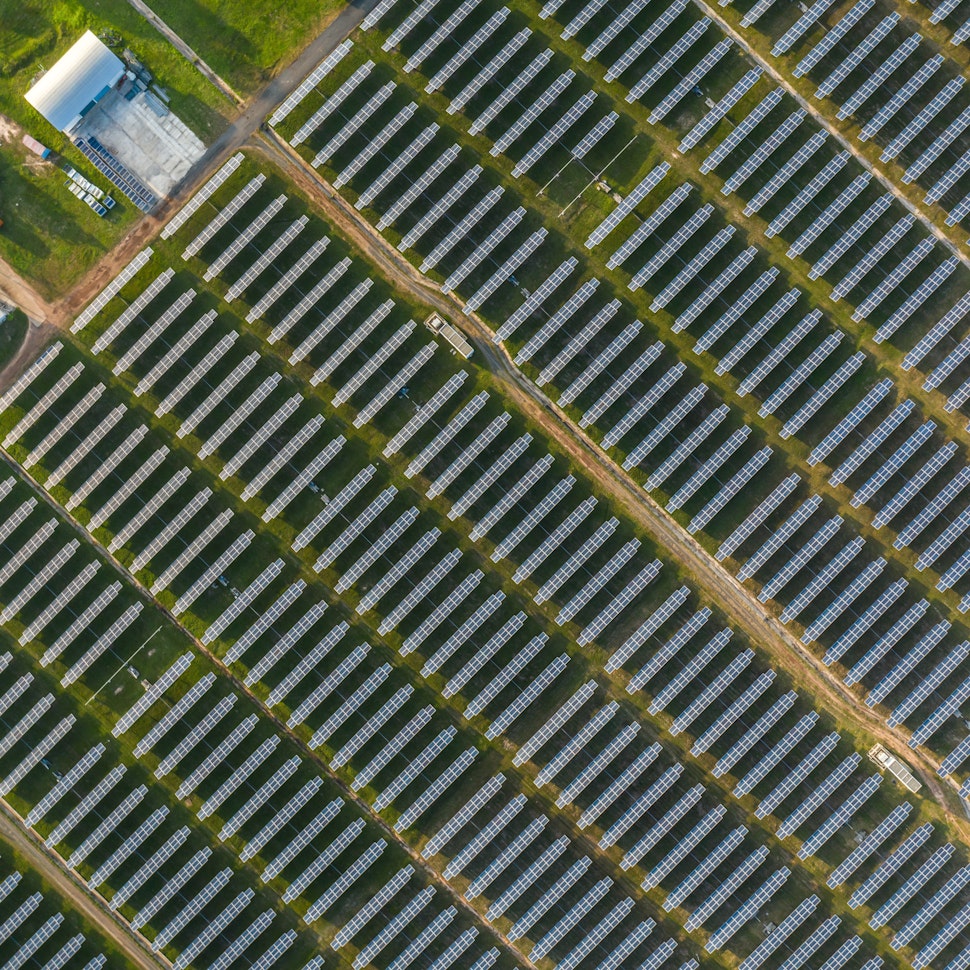
Market analysis
The rise of utility-scale PV + storage plants in Italy
Discover how Italy’s latest policies and auctions are driving utility-scale solar and battery storage projects to meet ambitious 2030 targets.
Updated 4 DEC, 25

- RatedPower
- Solar energy blog
- Bringing solar power to the unserved
 Watch a demo
Watch a demo Ask our AI Product Expert
Ask our AI Product Expert